Tulear
Tulear, also known as Toliara or Toliary, is a port town on the south west coast of Madagascar with over 100,000 inhabitants from mixed tribal origins, such as Vezo, Masikoro, Mahafaly, Antandroy and Karana.
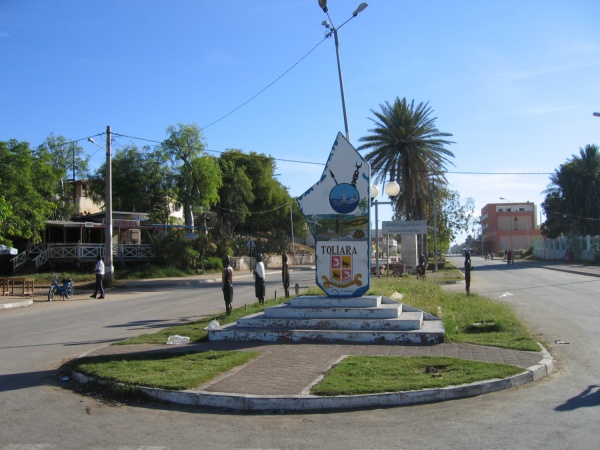
| ||
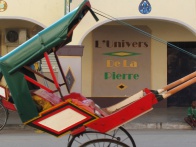
|
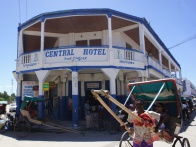
|
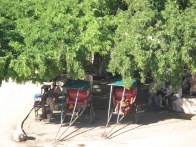
|

|

|
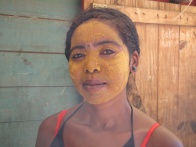
|
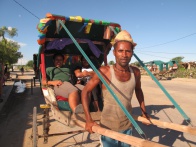
|

|

|
Tulear's colonial style buildings, grand lanes and innumerable multi-coloured rickshaws make a lasting impression on its visitors. Here the locals prefer rickshaw transport over motorised cars. The result is an unusually unpolluted city for its size and population, which makes Tulear a location well worth visiting and exploring for a couple of days.
While Tulear itself is missing a perfect swimming beach, Playa de la Batterie is located an approximately 4-kilometre rickshaw north of town, plus a walk across some salt-production fields in the direction of the light tower. Large sand dunes, beautiful scenery.
Other out-of-town attractions suitable for day-excursions include the botanical park of l'Arboretum d'Antsokay (or Antsokay Arboretum) and the viewpoint from the table mountain 12km south east of Tulear. Also well-worth visiting is the Reniala Nature Reserve - a 45 hectare nature reserve 27km north of Tulear. Many beautiful beaches can be found either further north of Tulear, at Ifaty, Madiorano, Salary and Andavadoaka, or to the south, at St. Augustin Bay, Sarodrano, Beheloka, Itampolo and Anakao. For tourists, Tulear is usually a gateway to one of these destinations.
Tulear is the final city along RN7 (National Road 7), which is a tarred road in very good condition starting in Antananarivo. Drivers choosing this route will many of Madagascar's attractions, such as Fianarantsoa, Isalo National Park and the sapphire boomtown Ilakaka.
A local airport connects Tulear with Antananarivo, Morondava and Fort Dauphin with daily scheduled Air Madagascar flights.